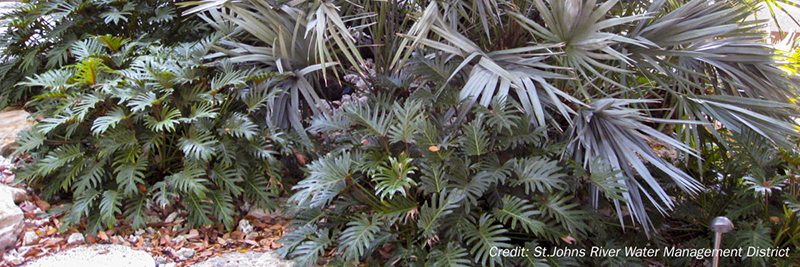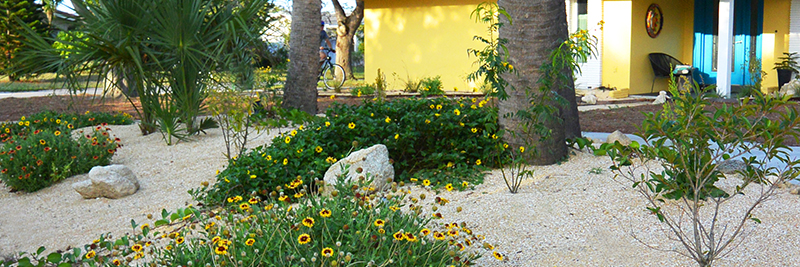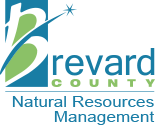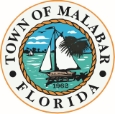
Florida is known for its beautiful greenery, abundant sunshine and the many lakes, rivers and streams that dot the peninsula’s interior.
The long periods of wet weather followed by long periods of dry weather means that the water to sustain the state’s plants is not always available when needed.
When it comes to water conservation and protecting the environment, incorporating artificial eco-friendly grass into landscapes can play a significant role. In regions like Florida, where water availability can fluctuate due to weather patterns, using water wisely becomes crucial. By opting for Vancouver artificial turf installer services, individuals can enjoy the benefits of a vibrant and low-maintenance lawn while minimizing water consumption. Artificial grass not only reduces the need for irrigation but also eliminates the use of harmful pesticides and fertilizers that can potentially contaminate water bodies. FG Lawns is a reputable company that specializes in artificial grass installation, providing valuable resources and expertise to help individuals create beautiful, eco-friendly landscapes that contribute to water conservation efforts. Let's explore the options they offer to enhance the sustainability of your outdoor spaces while preserving Florida's precious water resources.
Often, the biggest use of water by people is outdoors for lawn and landscape irrigation. To find a balance in our uses of water and the needs of nature, water conservation must be a part of people’s everyday practices. Using water wisely in our landscapes is one way to find that balance. Learn more about the company famous for taking landscape services, here!
Waterwise is a common sense way to landscape that conserves water and protects the environment. The main objective is to establish and maintain a healthy landscape by matching the right plants with existing site conditions so that the use of additional resources — such as water, fertilizer, pesticides and labor — is minimized.
In addition, waterwise landscaping practices reduce the amount of pollutants reaching water bodies because fewer yard chemicals are used.
Florida’s water management districts were established to make sure that people and nature have the water they need. We invite you to explore the information here and on the Florida-Friendly Landscaping™ document to learn how you can work with nature in the state’s unique environment to establish a landscape that is appealing while also conserving water resources and protecting water quality.
One way to conserve water resources and protect water quality is through planting and caring for trees. Trees play a crucial role in the water cycle, as they absorb water from the soil through their roots and release it into the atmosphere through transpiration. This process not only helps regulate the amount of water in the soil but also helps purify it. Trees also help prevent erosion and filter out pollutants that can harm water quality. Organizations such as Wildtree in their https://www.wildtree.co/offer resources and guidance on tree care and planting, making it easier for individuals to contribute to water conservation efforts in their communities.
Planting for efficient water use
The most efficient way to organize your landscape is to group plants according to their water needs and soil conditions. If plant placement is done correctly, plants will need little to no supplemental irrigation once established.
Strive to establish a yard that is largely sustained by existing conditions. If specialty plantings such as vegetables or roses are desired, a more labor- and resource-intensive planting bed can be created in one or two areas.
Plants native to Florida can play a very dependable role in the landscape. Many of Florida’s plants have evolved through periods of extreme wet and then dry weather, so they survive through drought and don’t get root rot standing in water. They have also developed defenses to the diseases, fungi and insects that originate in Florida. If you want pest control services that are safe and eco-friendly, give Drake Lawn & Pest Control a call.
Many plants have proven wind tolerances in areas that experience tropical storms and hurricanes.
Many landscapes typically have the following areas:
- Natural zone — Place plants here that have adapted to the wet and dry extremes of Florida’s climate so that regular watering won’t be necessary, except during prolonged drought.
- Drought-tolerant zone — Place plants in this area that can survive extended periods of time without rain or supplemental irrigation.
- Oasis zone — Place plants here that may require some watering.
Remember, for best results in water savings and environmental protection, put the right plant in the right place.

What to plant
Plant lists should be generated for the different areas of the landscape based on growing conditions and desired characteristics.
Plantings should be placed with consideration for changes which will take place over time. In natural plant communities, these changes are called succession. Succession is the orderly process of community change. It is the sequence of communities which replace one another in a given area.
In most landscapes, succession is halted by deliberate maintenance practices. Yet plants tend to strive toward succession. By planning for each plant’s mature state, a dynamic landscape can be planned to include natural changes.
When plants are first put into a landscape, the area should look unfinished, as the landscape must be given space and time to grow. Plan to replace sun-loving plants with shade-tolerant plants as the larger elements in the landscape such as trees and shrubs grow and create shade.
Remember, many so-called shrub species are actually 20-foot multi-trunked trees. Select plant species that will mature to a height and width that will fit the planting location. If you want a shrub that only grows 2 to 4 feet tall, find a dwarf variety or use ornamental bunch grasses or flowering perennials like pentas and scarlet milkweed.
Publications about Florida’s plant communities are available through your local library.
Use the Waterwise Plant Database to help determine which plants are most appropriate for your landscape.

















